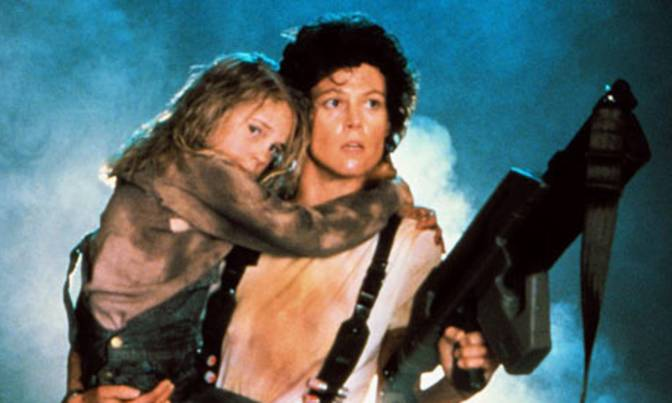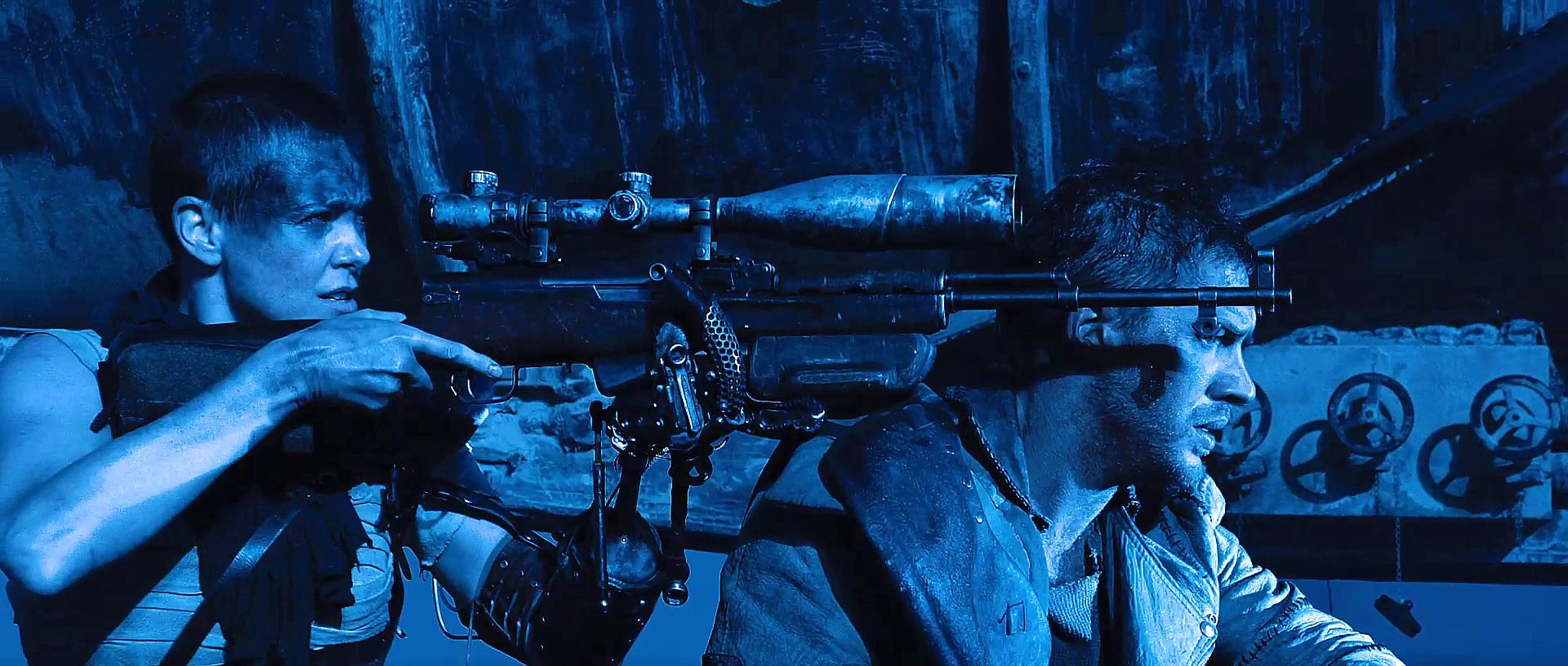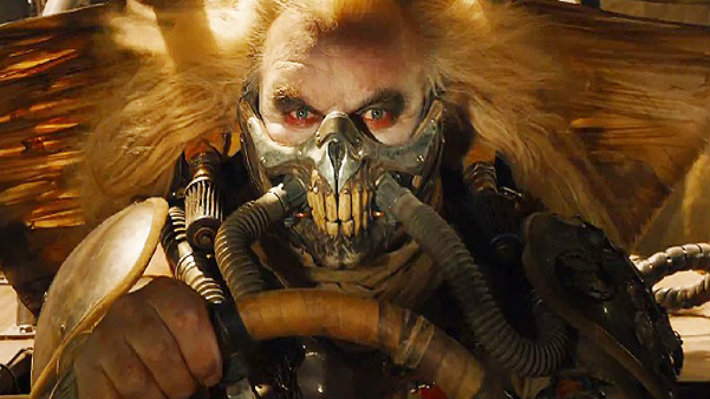We see 120-150+ movies a year in the theater, and even so this represents maybe 20% of the films released in a given year, which means we’re highly particular about what films we see more than once. When you hear of people going to see the original Star Wars dozens of times, what you may not realize is what the hell else were they going to do? I mean, in 1977,Roger Moore was James Bond, the 6th highest grossing movie of the year was a cheesy “Chariots of the Gods?” level documentary on Noah’s Ark, and we were seeing the emergence of the first Jaws knockoffs (Orca and The Deep, and we all know the two best things about The Deep).

PG used to be a different world, kids!
So, after you’d played all the Space Wars you could ($10 of quarters would buy you a full hour of play), realized the only thing on TV was the rerun of that Happy Days episode you never liked—and the Fonz was going to be amazing in his upcoming dramatic role in Heroes—what else were you going to do?
But as indicated in my original review, Fury Road was an instant candidate for re-watching. It’s jam-packed with lovingly crafted details that you could point out, especially on a second view when you’re not worried about missing the action. I won’t rehash my original review, but instead I’m going to make an entirely different point about how this film should probably sweep the acting Oscars.
Now, the acting Oscars are ham-handed affairs, typically. a Dustin Hoffman will win for acting autistic through Rain Man, but not a Tom Cruise, whose character has to undergo a subtle change into someone whom the audience doesn’t actively hate; or Marlee Matlin will win for her histrionics in Children of a Lesser God versus a Sigourney Weaver who has to keep her desperation in check before doing battle with the Alien Queen. The latter being more on-point as an example where a fine actress plies her trade in the spaces between the action—a much greater challenge (as far as demonstrating craft goes) than delivering a soliloquy.

They say women are good at multitasking.
I still maintain that the words are the worst part of Fury Road, and the movie wisely eschews them for the most part. The character development then—and there’s a fair amount of it—is largely done without speaking, and often in split-second cuts. But it works!
The best examples of this are between Max and Furiosa. Furiosa is the lead character and she goes from seeing Max as an enemy, as a hostile traveling companion, as an ally, as a hero, and finally as a friend, and even a potential lover—with the transitions that are most certainly there but there without any room for slop. And there’s a kinship between Max and Furiosa: they’re driven by the same demons, but also bound by a sense of right and wrong. Thing is, they can’t possibly know that about the other without seeing it in action.

The most romantic scene in Hollywood history?
And this is where action movies usually fail dramatically. First, they generally don’t care. There are black hats and there are white hats, and all right thinking people know to feel bad when a white gets hurt and good when a black hat does. (I remember watching High Noon and thinking, Well, okay, but what exactly are the bad guys gonna do? Raise taxes?) Second, it’shard: Charlize Theron has two seconds to give us an expression that covers surprise, appreciation and a wary respect when Max risks himself early on to keep the bad guys off his tail.
But Max’s initial responses could be driven by calculation toward his best chances of survival, so their relationship has to progress in the sort of painstaking tiny steps you never saw in a Nicholas Sparks flick. In most movies, this is done with words. But words don’t mean squat in a post-apocalyptic situation. You have to see the action that shows what side you’re on. Not only are words are cheap, they’re tough to hear over the engine’s roar.
I missed a bunch of these reaction shots first time through, as I did a bunch of very cool details. In the scene following the porcupine cars attacking the war rig, it ends up festooned with the wreckage on its lower carriage. I missed some big stuff, too, such as when the one breeder jumped ship, she hadn’t actually turned coat, it was more of a double-agenting thing. In fact, a lot like the previous two Mad Max films, I found even the words seemed less affected than they did the first time around. (Part of that is the Australian thing. They have all that kinda cutesy slang even non-apocalyptically speaking. But you get used to it after a while.)
The level of attention to detail here is worthy of a Pixar film, and Mad Max: Fury Road not only holds up, it pays off extra dividends on repeated viewings.

And, guess who just threw his hat into the 2016 Presidential Candidate ring? “Shiny and Chrome ’16!”

2 thoughts on “Mad Max: Fury Road Redux”